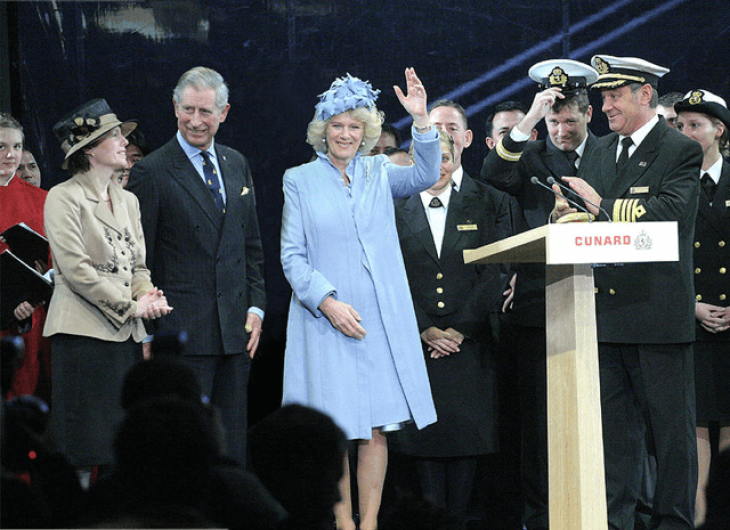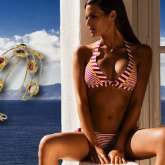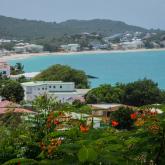
Cruise lines have drawn on inspiration from all over the world for some of the wonderful names for their ships - with naming traditions that date back almost a century alongside modern name ideas.
With a growing number of new ships setting sail each year, cruise lines are having to get increasingly more creative when it comes to naming their vessels. Original and new names don’t just roll off the tongue, and when cruise line companies have opened naming up to the public well, let’s say, the names a been a little weird. Today, a variety of factors come into play as each new name is created, with some names complying with tradition and others as a way to promote the type of experience a guest might expect. Each vessel is individually named, but often as part of a corporate identity meaning that modern naming traditions tend to be brand led, so that they convey the style and values of the ship and the service standard guests can expect.

For example, Cunard’s royal naming theme instantly marks them as the grand dames of the cruise industry – but the line’s ships haven’t always been named after female monarchs. Although the current fleet is made up exclusively of Queens, the vast majority of historical Cunard ships have been as much a Queen as your or I. In fact, 85 ships had entered into service for Cunard before the first Queen (Queen Mary) took to the seas in 1936 – with an additional two ships (Queen Elizabeth in 1940 and Queen Elizabeth 2 in 1969) following this naming standard. A much more prevalent naming practice for the line was to end the name in ‘ia’, with famous ships including Catalonia, Lusitania and Franconia. It was only the current generation of Queen Elizabeth (the second of her name), Queen Victoria and Queen Mary 2 which made this practice standard.

Royal Caribbean’s ships are instantly identifiable by their unique ‘of the Seas’ suffix. As a sea-faring fleet, this naming practice is pretty self-explanatory, but like Cunard’s Queens above, this is a relatively recent trend. The early ships in the fleet had a strong Scandinavian theme with vessels including Song of Norway, Nordic Prince and Sun Viking. Even the Nordic Empress had to be renamed the Empress of the Seas to fit in with the new naming standard when Royal Caribbean made it a hard and fast rule in 2004.

Royal Caribbean first introduced the ‘of the Seas’ suffix in 1988 when the line rebranded the Sovereign of the Seas. The first ship to be built with the suffix was 1991’s Monarch of the Seas.
P&O has often sought input from the general public when it plans a new ship. It last did this in 2020, just a year after the Natural Environment Research Council (NERC) famously launched a competition to name its new research vessel in 2019. The results of the NERC competitionleft judges gape mouthed with ‘BoatyMcBoatface’ receiving the highest number of votes. In the end, however, the vessel was aptly named in honour of Sir David Attenborough - but it has seen the appetite for public collaborations for boat naming decrease.





